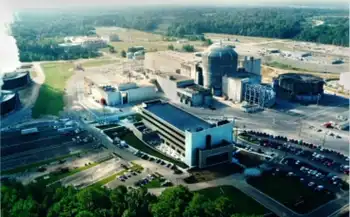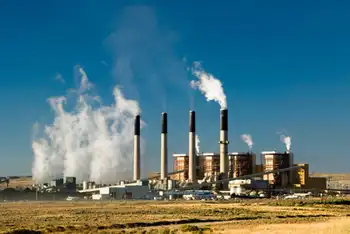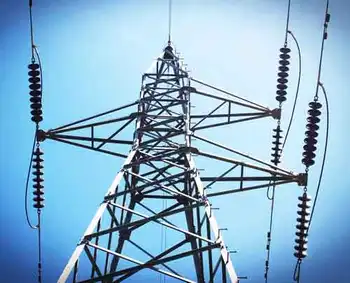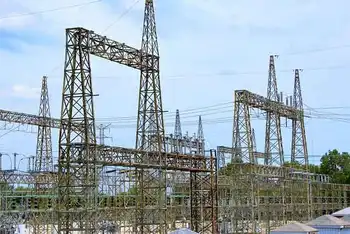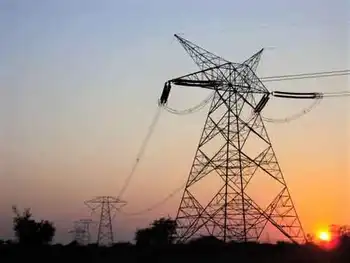Rolls-Royce to invest in developing gas turbines
By Canadian Press
NFPA 70e Training
Our customized live online or in‑person group training can be delivered to your staff at your location.

- Live Online
- 6 hours Instructor-led
- Group Training Available
"We're leveraging our technology from aerospace to the industrial realm," company president Pierre Racine said recently. The federal Industry Department announced it will contribute $30 million to the project. The funding was approved more than a year ago.
Rolls-Royce, a division of the worldwide Rolls-Royce Group, said the research will support the next generation of 25- to 35-megawatt gas-turbine products and will enhance the capabilities of the current engines.
Gas-fired turbines can be used for producing electricity or for extracting natural gas from the earth and pumping it through pipeline distribution networks.
They have become a popular method for producing electricity in recent years, especially in the eastern United States. But environmentalists in Quebec have criticized the public electrical utility's proposal to build a gas-fired thermal plant near Montreal. Nonetheless, the units help Rolls-Royce to build on its strengths, said Herb Saravanamuttoo, professor emeritus of mechanical and aerospace engineering at Carleton University. "That is a good market and cogeneration is a very efficient way to use the fuel," he said from Ottawa. The company has sold more than 5,000 turbines of various strengths in 120 countries. The industrial turbines manufactured by Rolls-Royce Canada are products derived from aircraft engines manufactured by Rolls-Royce. The partnership with Ottawa follows a similar one in 2000 to improve the efficiency of its 60-megawatt turbine. The turbine - developed from the Trent engine used on Airbus aircraft - can power a community of 30,000 residents. The private-sector partnership will boost Canada's economic development and help the country meet its targets to reduce greenhouse gases, federal Industry Minister Lucienne Robillard said at a news conference. "This is an investment that will not only contribute economic development, it will also help to improve the quality of life in our communities and that is good news for everyone," she said. The federal funds have been allocated by Technology Partnerships Canada, an agency of Industry Canada. The new turbines will reduce carbon dioxide emissions by 28.8 million tonnes over 15 years, she said. More than 100 high-level researchers will be employed over the next four years to work on the project, which further consolidates the company's global turbine research and manufacturing in Montreal. Federal funds help Rolls-Royce to speed up the development of new products, said Racine. "We're facing international world competition right now and we need to innovate and create new technology, new products with wide scopes of application in a very short period of time." Its main competitors include General Electric. Efforts to reduce smog emissions and improve the energy efficiency of turbines should be well-received because natural gas is among the cleanest fossil fuelled energy sources available, said Prof. Steen Sjolander, also of Carleton University. "The more high-efficiency gas turbines we have out there the better we all are," he said, noting the new units are one-third more efficient than old models.





